Darwin’s Barberry (Berberis darwinii), a perennial shrub belonging to the Berberidaceae family, is native to the rugged landscapes of Chile and Argentina. Discovered by Charles Darwin in 1835 during his second voyage on the Beagle, this hardy plant thrives in hardiness zones 7 to 10.
Well-suited to harsh climates, Darwin’s Barberry is valued for its resilience and low-maintenance growth. It features striking dark green leaves, vibrant golden flowers on red stalks, and purple-blue berries, making it a standout choice for adding color to a winter garden. While it is easy to grow and wind-resistant, this plant’s ability to escape cultivation can sometimes make it a challenge to manage in certain areas.
| Common name | Darwin’s Barberry, Michay |
| Botanical name | Berberis darwinii |
| Family | Berberidacae |
| Species | darwinii |
| Origin | Chile, Argentina |
| Life cycle | Perennial |
| Plant type | Shrub |
| Hardiness zone | 7, 8, 9, 10 |
| Sunlight | Full Sun |
| Maintenance | Low |
| Soil condition | Clay |
| Soil ph | Acid |
| Drainage | Well-Drained |
| Growth rate | Fast |
| Spacing | 6 ft. – 12 ft. |
| Harvest time | Fall |
| Flowering period | Spring |
| Height | 5 ft. – 10 ft. |
| Flower color | Gold, Yellow |
| Leaf color | Gold, Yellow |
| Fruit color | Blue |
| Stem color | Red, Burgundy |
| Fruit type | Berry |
| Fruit benefit | Edible |
| Flower benefit | Showy |
| Garden style | Drought Tolerant Garden |
I. Appearance and Characteristics
Berberis darwinii, Darwin’s barberry, is a species of flowering plant in the family Berberidaceae, native to southern Chile and Argentina and naturalized elsewhere. Regional vernacular names include michay, calafate, and quelung. Growing to 3–4 m (9.8–13.1 ft) tall, it is an evergreen thorny shrub.
Berberis darwinii has dense branches from ground level. The leaves are small oval, 12–25 mm (0.47–0.98 in) long and 5–12 mm (0.20–0.47 in) broad, with a spiny margin; they are borne in clusters of 2–5 together, subtended by a three-branched spine 2–4 mm long. The flowers are orange, 4–5 mm long, produced in dense racemes 2–7 cm long in spring. The fruit is a small purple-black berry 4–7 mm diameter, ripening in summer.
Berberis darwinii was discovered in South America in 1835 by Charles Darwin during the voyage of the Beagle. It was one of many named in honour of Darwin. The berries of this species are known to have been consumed by prehistoric native peoples in the Patagonian region over millennia.
It is a popular garden and hedging shrub in the British Isles. The Royal Horticultural Society has given the species its Award of Garden Merit. The edible fruit is very acidic.
Berberis darwinii is regarded as an invasive plant pest in New Zealand that escaped from gardens into indigenous plant communities via its bird-dispersed seeds. It is considered a serious threat to indigenous ecosystems throughout New Zealand and is listed on the National Pest Plant Accord. In Australia, the species is naturalised in the states of South Australia, Victoria, New South Wales and Tasmania. The species has also become sparingly naturalized in the US states of California and Oregon. It is often planted and sometimes naturalized in Ireland.
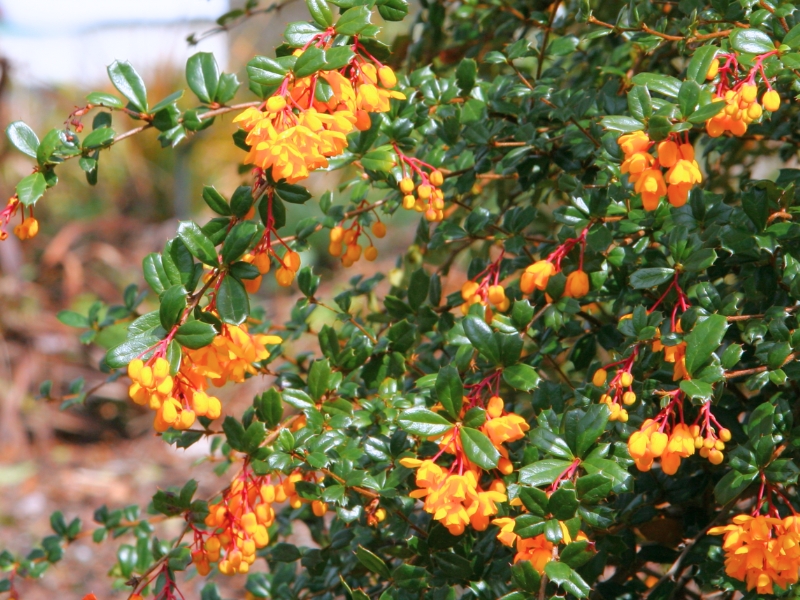
II. How to Grow and Care
Sunlight
Darwin’s barberry requires ample amounts of sunlight to maintain its brightly colored leaves with a minimum of 6-7 hours of direct sunlight. As it is remarkably tolerant of a variety of conditions, it will grow in partial sun and even under only 80% of full sun. However, when grown in shade, its colorful foliage will turn greenish.
Temperature
Darwin’s barberry requires ample amounts of sunlight to maintain its brightly colored leaves with a minimum of 6-7 hours of direct sunlight. As it is remarkably tolerant of a variety of conditions, it will grow in partial sun and even under only 80% of full sun. However, when grown in shade, its colorful foliage will turn greenish.
Watering
Darwin’s barberry is a plant that thrives in well-drained soil and requires moderate watering. It has adapted to survive in its native habitat, where rainfall is irregular, making it somewhat drought-tolerant. This means it only needs watering once every two weeks. As an evergreen plant, darwin’s barberry retains its leaves throughout the year, which helps conserve water during drier periods.
Soil
Darwin’s barberry prefers well-drained, slightly acidic soil (6.0-6.5 pH). It can grow in all soil types (sandy, loamy and clay), but you should add certain amendments. If you are planting in quick-draining soil, mix in some peat moss or compost to improve drainage. Organic compost can also improve the acidity of your soil.
Fertilizing
Fertilize darwin’s barberry with balanced nutrition fertilizers in early spring to boost growth and berry production. Apply every 4-6 weeks during active growth; use sparingly to avoid over-fertilization. Seasonal adjustments are key; reduce frequency in fall and cease in winter. For effective application, dilute as recommended and water soil before and after applying to prevent root burn. Ideal for all gardening levels, ensure to follow labeled instructions.
Pruning
Darwin’s barberry does not necessarily require pruning, but pruning can significantly increase its vigor. Also, if planting darwin’s barberry as a hedge plant, you should get an early start in properly shaping it. By trimming branches, you can thin the crown to improve ventilation and sunlight. This reduces humidity and the development of leaf pathogens (they thrive more in humid and dark places).
Pruning should be performed in spring to avoid exposing bare and growing tissues to too much moisture during autumn or frost damage during winter. Trim the old and infected branches, and branches that grow outside of the shape you desire. The golden rule is that not to cut away more than 1/3 of its canopy, and all cuts should be on a slight angle facing away from the bud. Always wear gloves when trimming darwin’s barberry. Remember to disinfect your tools at the beginning to minimize the chances of cross-contamination.
Propagation
Darwin’s barberry is a highly valued ornamental shrub recognized for its holly-like evergreen leaves and vibrant yellow-orange flowers. When propagating darwin’s barberry, semi-hardwood cuttings are most effective. Select healthy tips about 6-8 inches long, strip the lower leaves, and dip the cut end in rooting hormone to encourage growth. Insert the cuttings in a pot with a mixture of perlite and peat moss, ensuring a humid environment by covering with a plastic bag. Rooting typically occurs within weeks, after which the cuttings can be transferred to individual pots to establish.
Transplanting
Darwin’s barberry is best relocated during the mild autumn or spring season. This timescale allows the plant to establish its roots without the stress of extreme weather. Its new home should be a sunny or semi-shady spot with well-drained soil. If possible, avoid direct, hot sun due to the risk of leaf scorch. Treat your darwin’s barberry with slow-release fertilizer post-move to give it a boost. But remember, transplanting should be the last resort due to potential root disturbance.
Pests and Diseases
It’s a plant that is easy to grow and highly resistant to pests and diseases.
Find Where to Buy the Best Darwin’s Barberry (Berberis darwinii)



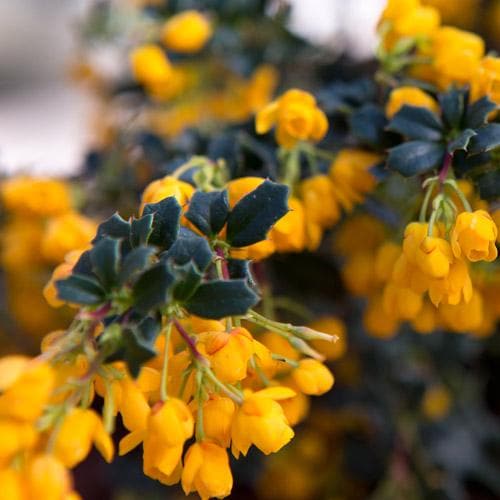



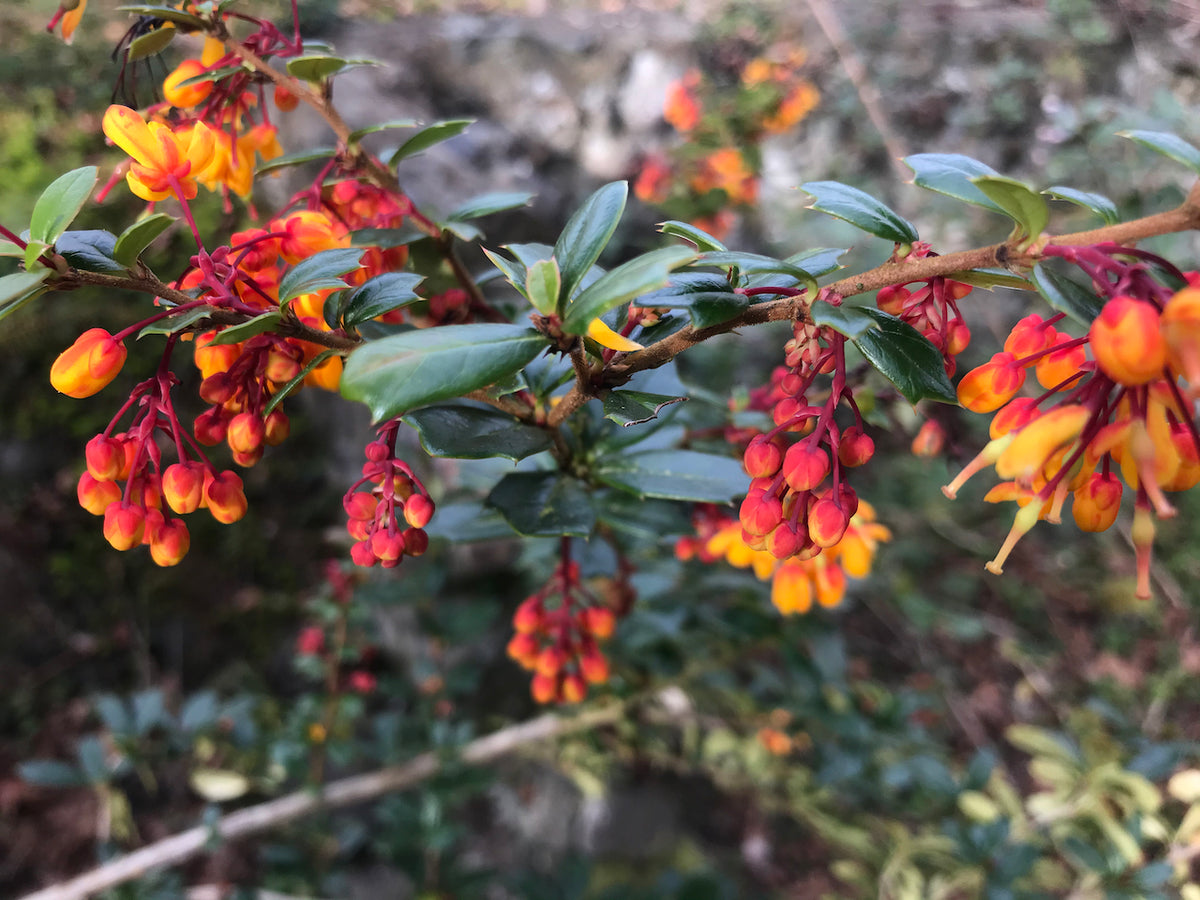
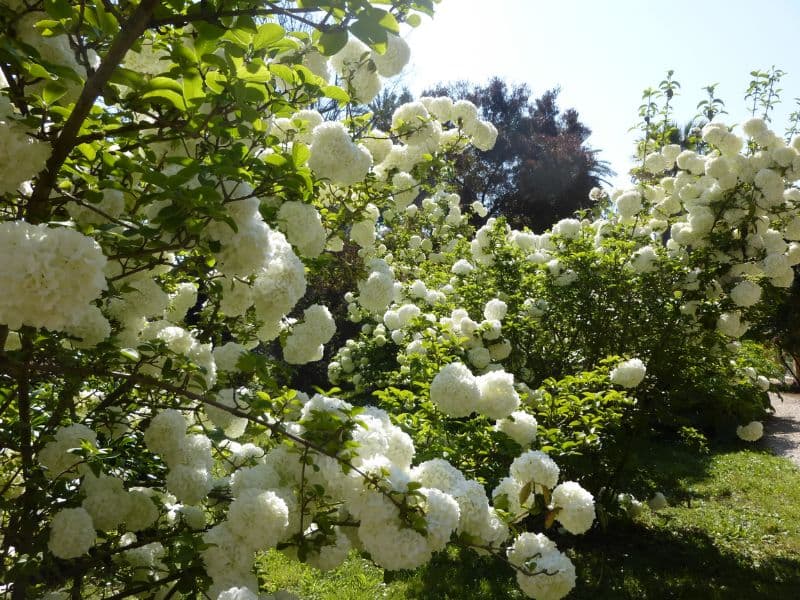
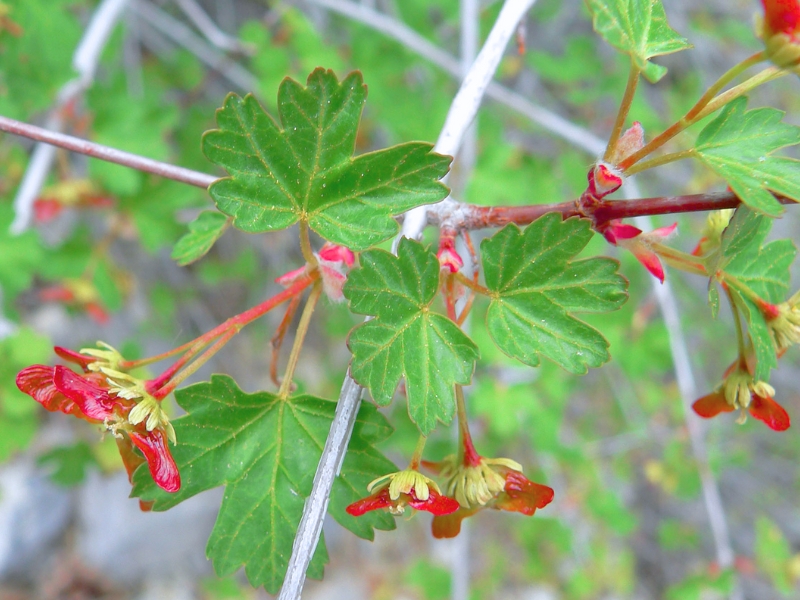
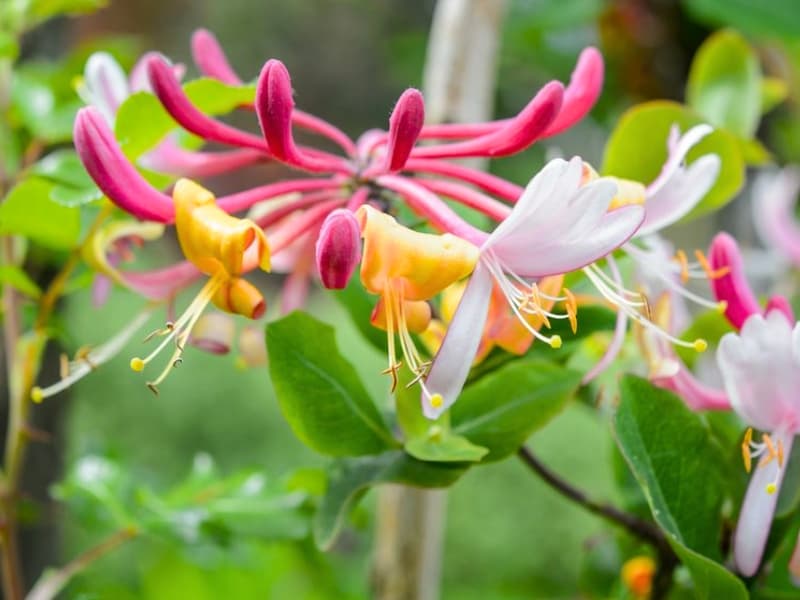
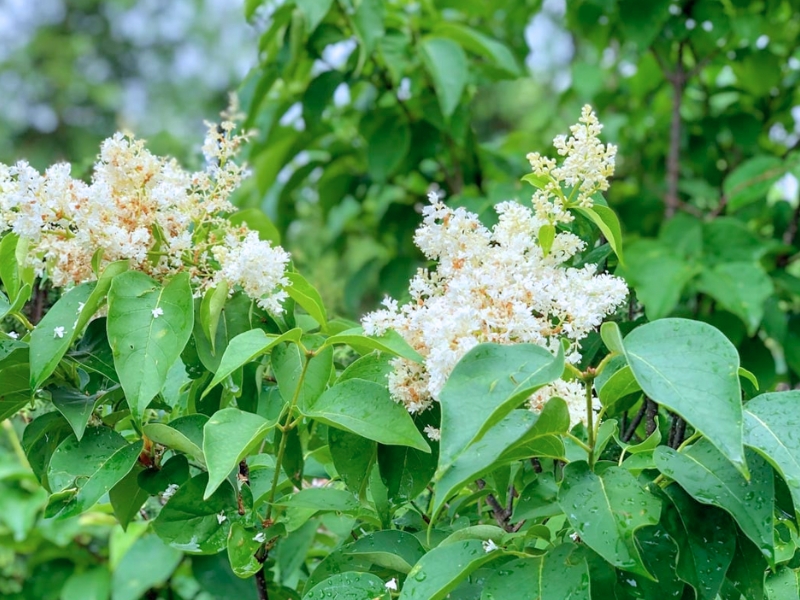
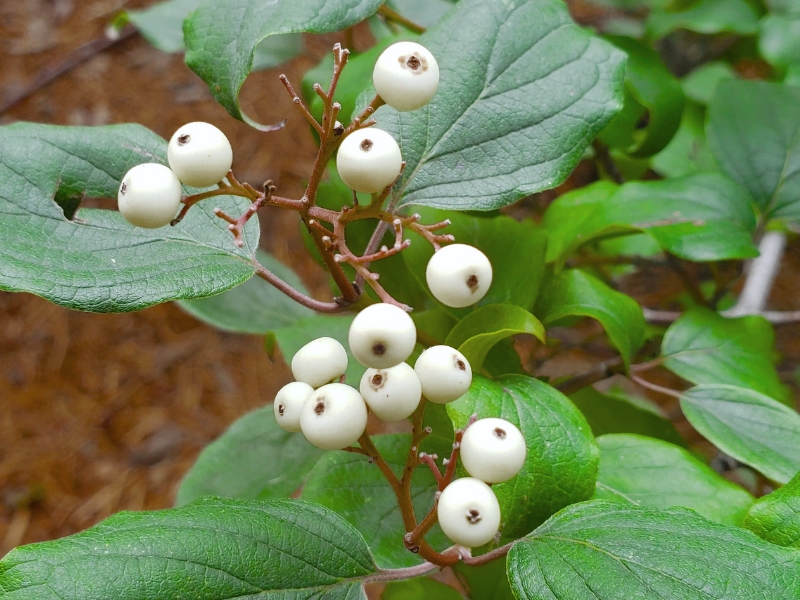
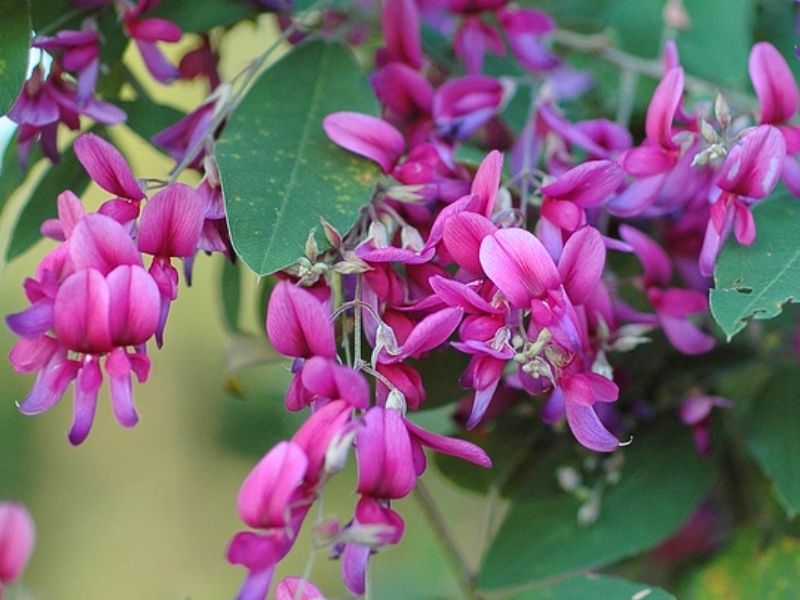
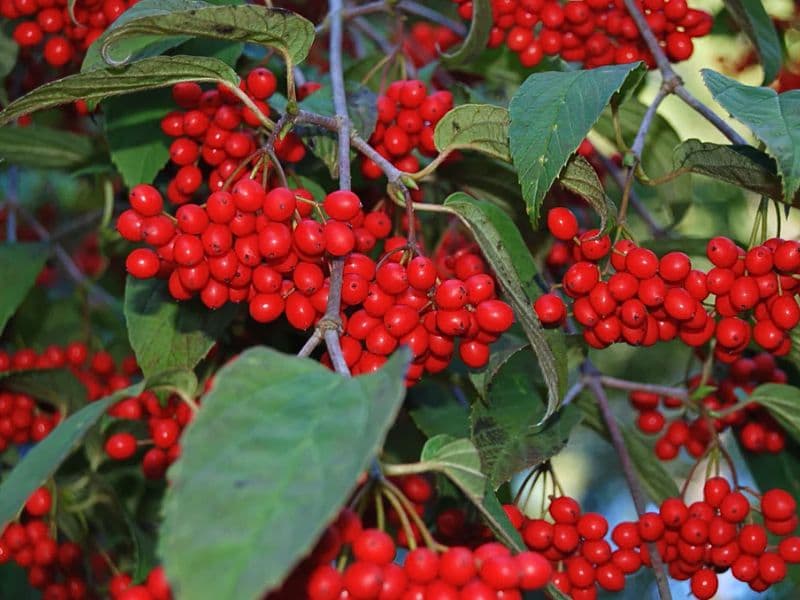
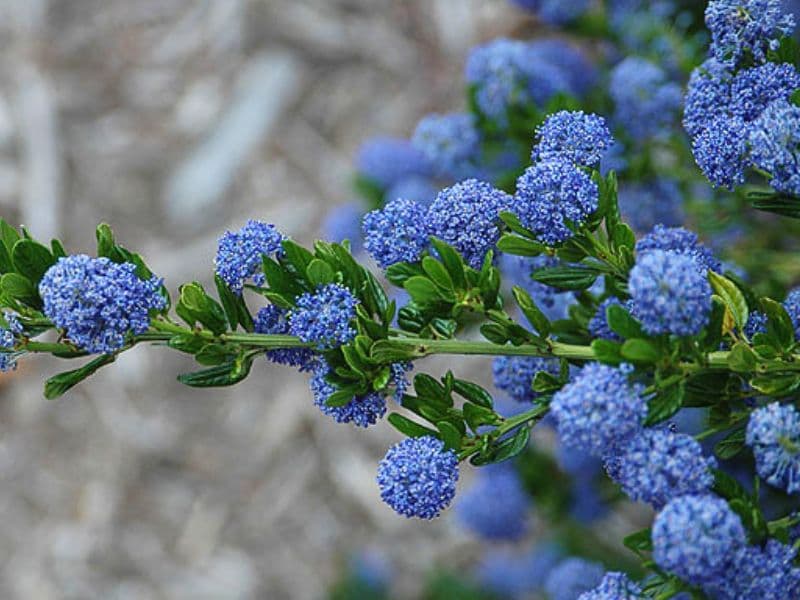
Leave a Reply